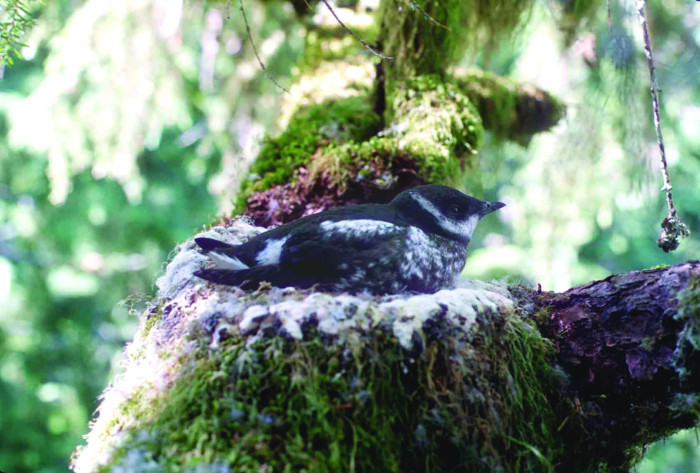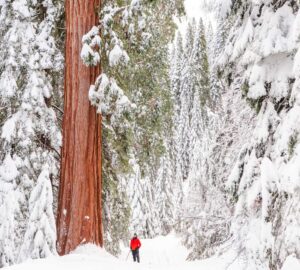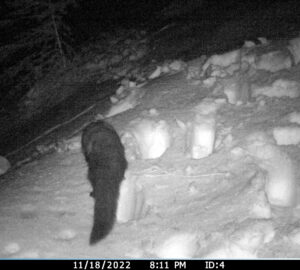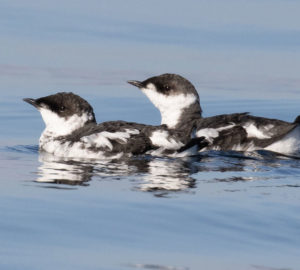Marbled murrelets haven’t had an easy century. With their oceanic feeding grounds impacted by commercial fishing and the occasional oil spill, and their ancient forest nesting grounds mostly lost to the axe and the saw, these shy creatures have had little respite from human society’s ever-increasing demands upon nature. As a federally-listed threatened species, marbled murrelets enjoy some protection under the Endangered Species Act. Specifically, this means that the U.S. Fish and Wildlife Service can designate areas of federal land as ‘critical habitat’ within which great restrictions are placed upon commercial activities, including logging.
This important conservation tool has been extremely controversial since its creation 40 years ago, and so it was with great relief that I read the recent court decision to continue protection of critical marbled murrelet habitat in the face of a lawsuit brought against the U.S. Fish and Wildlife Service (FWS) by several industry groups. The details are pretty involved, but in general, the lawsuit contended a couple of things:
- That FWS made errors in deciding where marbled murrelets’ critical habitat is located, and;
- The marbled murrelet population between California and Washington is not a single population, and so cannot be protected as such.

These claims, if found to be true, would have meant that much of the area designated as critical habitat – including old-growth forests on National Forest land – would lose their protection. Specifically, the plaintiffs argued that the central California murrelet population was distinct from the populations farther north, and thus that the entire designation was erroneous. Fortunately, the court agreed with the FWS finding that marbled murrelets in California interbreed with birds farther north. Because of this, the entire murrelet distribution from Washington to California is considered a single population and will be protected as such. However, by their own admission, FWS “can no longer defend its 1996 designation of critical habitat for the murrelet,” and so must revise the designation by September 30, 2016 (with a proposed designation by September 2015, allowing a year for public comment and review). Over the objections of the plaintiffs, the court also ruled that the current critical habitat designation, while flawed, is better than nothing, and will remain in place while FWS works on the new designation.
All of this means that for at least the next three years, marbled murrelets’ habitat on federal lands will remain protected. With industry and conservation groups alike keenly interested in the outcomes, we can only hope that the new designation will be inclusive enough to secure the survival of these tiny totems of the ancient forest not just for now, but into the future.








